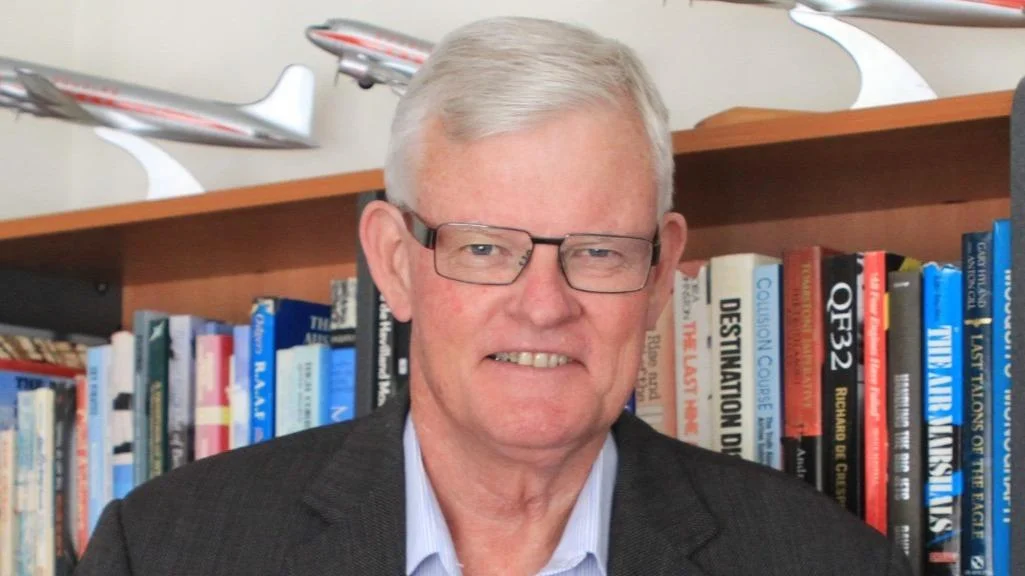The preliminary findings from India's Aircraft Accident Investigation Bureau on the Air India Flight 171 crash confirm that fuel supply to both engines was cut during the aircraft's initial climb. However, this raises more questions than it answers.
A notable omission in the report is the absence of a full Cockpit Voice Recorder (CVR) transcript. Despite its recovery and successful download, the CVR transcript has not been released. Aviation experts emphasize its importance for understanding cockpit decision-making during the flight's final moments. "This isn’t just about protocol—it’s about transparency," says Josh Wood, Safety and Service Quality Manager at AirlineRatings.
Another issue not addressed is the unusually long takeoff roll, with the aircraft lifting off after crossing V1 with minimal margin. The report does not explore potential causes such as weight inaccuracies or performance miscalculations.
 Alerts Sign-up
Alerts Sign-up








